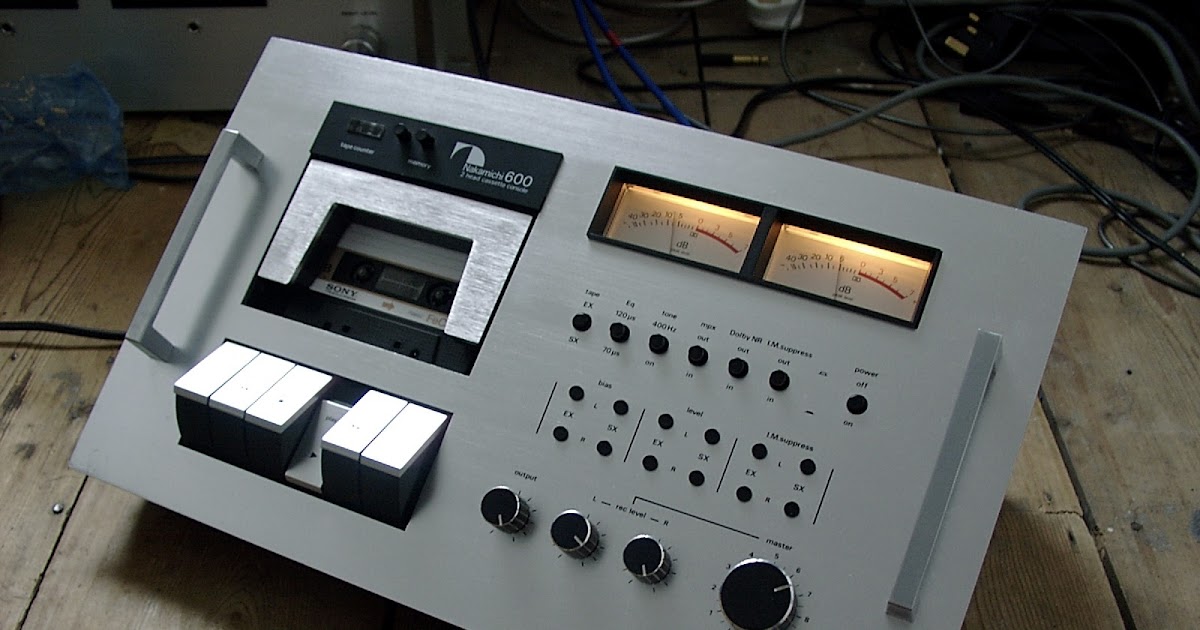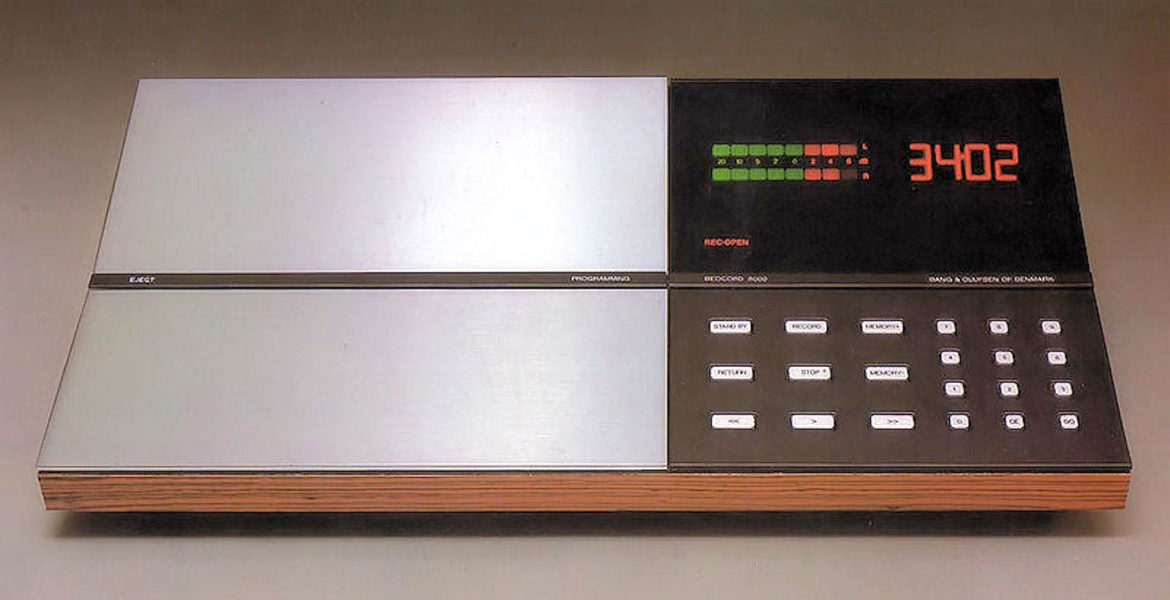When you hear “British hi-fi,” you immediately think of Linn, Naim, Rega, Cyrus, and Creek, firms that rose to prominence in the 1970s and 1980s. Quad, SME, KEF, Leak, and Wharfedale, all of which gained popularity in the 1960s, will also be significant for elder audiophiles. But what of Britain’s lost hi-fi brands, the ones that faded into obscurity, if not outright oblivion?
Most people are likely to forget – if they even knew – that Britain had a vibrant mass market audio sector in the 1970s that seemed to fade out by the start of the next decade, with brands like Amstrad, Bush, Van der Molen, Wyndsor, and ALBA. A J Balcombe Ltd was founded in 1917 in Worship Street, London, to manufacture gramophones. After that, Alfred Balcombe started making radios and televisions under the ALBA brand name at 50-52 Tabernacle Street in London, EC2. In the 1950s, the firm sold Crosley Shelvador freezers built in the United States, and by 1962, it was marketing an electric toaster. Alba (Radio & Television) Ltd., now known as Alba (Radio & Television) Ltd., relocated to Bull Lane, Edmonton, North London, in 1974.
By 1982, the company had gone bankrupt and its name had been purchased by Harvard International. Harvard became a public limited company, Alba plc, in 1987. The Bush, Hinari, Harvard, Roadstar, and Goodmans brand names were included, but there was no connection to AJ Balcombe Ltd. This ALBA 2200 cassette deck is from the late 1970s, when the business was producing low-cost hi-fi separates for a growing market. Perhaps surprisingly, it’s a decent machine. The rather tacky imitation woodgrained shell and silver painted plastic fascia conceal the superb quality of the internals, which were built in Japan by Matsushita (Technics) in the ALBA style.
It wasn’t inexpensive when it was released for £130, and this is reflected in the usage of logic control, which was a high-end feature at the time. The only flaw in the tape transport mechanism is the use of a soft Permalloy head, which offered a somewhat better treble response than Ferrite when new but lasted significantly less time. This deck isn’t particularly exciting acoustically, but it’s also not particularly horrible. The 2200 was well-received by the hi-fi press at the time because it was steady, clean, crisp, and punchy sounding. However, it was no match for a Sony or Pioneer at the same price, which is why the deck was quickly discounted. By 1979, it was available for £49.95 on Comet’s shelves, making it an incredible bargain. It was a dirt-cheap way to buy a half-decent hi-fi cassette deck, and it’s lasted longer than most people believe…
The 2200 is a curious little curio that occasionally turns up secondhand for cheap, usually needing only a new set of drive belts to get back up and running. Before you buy, make sure the record/replay head isn’t too worn and the motor isn’t rumbling excessively. It’s a testament to the deck’s inherent excellence that there are still instances around nearly forty years later that are still performing admirably – something you won’t be able to say about an Apple iPhone! If you can find a good example of this ageing ALBA, you’ll have a piece of British hi-fi history on your hands.






